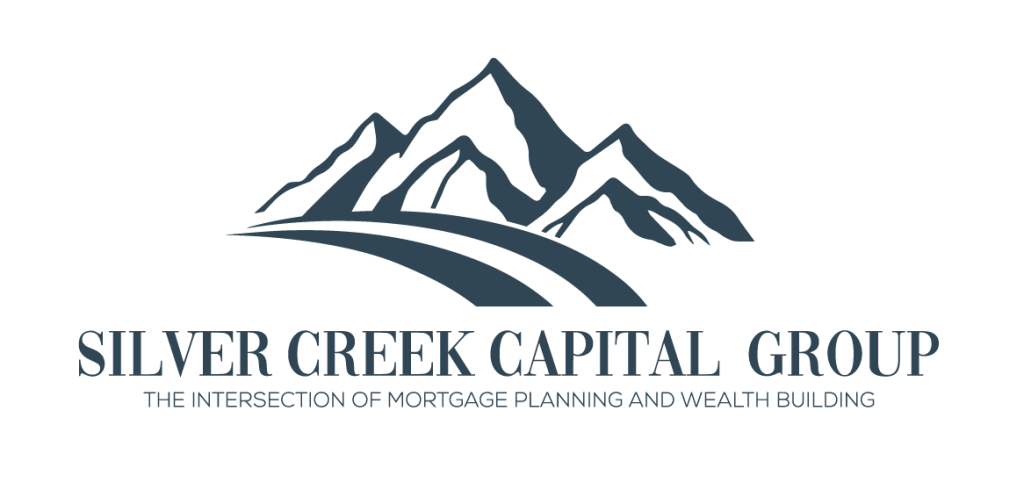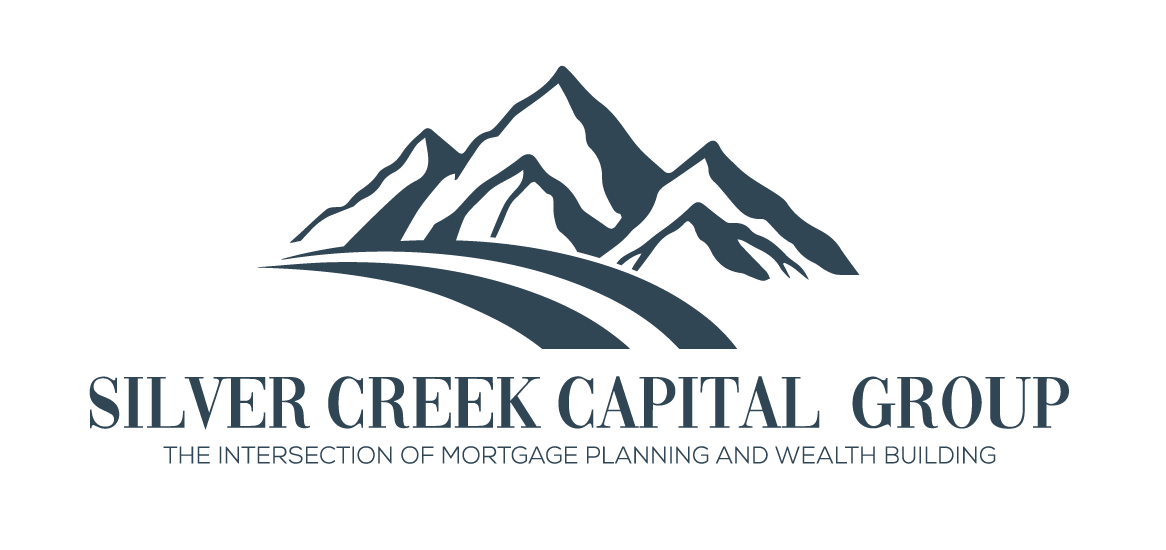Wealth Building
Wealth Building
Wealth Building
Wealth Building integrates strategic asset acquisition within tax-advantaged frameworks to optimize growth. It involves adeptly navigating investment avenues like retirement accounts and tax-efficient funds. Concurrently, safeguarding acquired wealth involves utilizing insurance products, such as life insurance or annuities, to mitigate risks and provide financial security for both the individual and their beneficiaries, culminating in a comprehensive approach that balances growth and protection.
Wealth Building is a comprehensive approach to managing and growing your financial resources over time, with the ultimate goal of achieving long-term financial security and meeting your financial objectives. Incorporating home ownership and mortgage planning into your wealth building strategy is a prudent and significant aspect of creating and preserving wealth.
Here’s how these elements are interconnected and why they are essential within the broader context of wealth building:
Asset Accumulation: Home ownership is often one of the most substantial assets in an individual’s or family’s wealth portfolio. Acquiring real estate through a mortgage allows you to build equity over time, essentially converting a portion of your monthly housing expenses into an investment. This can contribute significantly to your overall wealth.
Leveraging Leverage: Mortgages provide a unique opportunity for leveraging other people’s money (the lender’s) to purchase an appreciating asset (your home). By using leverage wisely, you can potentially amplify your returns on investment, as long as the cost of borrowing is lower than the property’s expected appreciation.
Diversification: Wealth building emphasizes diversification to spread risk. Owning a home diversifies your wealth beyond traditional investment vehicles like stocks and bonds. Real estate often has a low correlation with other asset classes, which means it can provide stability to your portfolio during market fluctuations.
Tax Benefits: Homeownership comes with various tax advantages, such as deducting mortgage interest and property taxes. These deductions can lower your taxable income and reduce your overall tax liability, allowing you to keep more of your wealth.
Retirement and Long-Term Goals: As part of Wealth Building, you should define your retirement and long-term financial goals. Owning a home outright or having a manageable mortgage payment in retirement can reduce your monthly expenses, making your retirement savings last longer and improving your financial security.
Wealth Preservation: As you accumulate wealth over time, preserving it becomes crucial. Mortgage planning can help you strategically manage your mortgage, considering factors like interest rates and loan terms. Refinancing or paying down your mortgage early can be part of a strategy to minimize interest costs and build wealth more efficiently.
Estate Planning: Incorporating home ownership into your estate plan is a key aspect of wealth building. It involves strategies for passing your home to heirs, minimizing estate taxes, and ensuring that your real estate assets align with your overall estate goals.
Legacy Building: Homeownership can play a significant role in leaving a legacy for your heirs. It can serve as an inheritance or provide a valuable asset that can be sold or rented out to generate income for future generations.
Risk Management: wealth building also involves assessing and mitigating financial risks. Owning a home with a fixed-rate mortgage can provide stability by locking in housing costs, protecting you from rising rents in the future.
Financial Flexibility: Incorporating mortgage planning into wealth building allows you to assess the best use of your home equity. You can tap into it when needed for major expenses, investments, or emergencies without having to sell your home.
In conclusion, Wealth building encompasses the management of various financial assets, including real estate and mortgages, to achieve your long-term financial goals. Homeownership and mortgage planning are integral components of this process, offering opportunities for asset accumulation, diversification, tax benefits, and risk management. By integrating these elements into your wealth building strategy, you can work towards building and preserving wealth for yourself and future generations.
Some practical solutions that are tailored to your specific needs include:
- The IRA Stretch Solution
- The Trade Down Strategy
- The Blended Rate Reducer
- The Prepayment Analyzer
- The Offset Mortgage
The National Institute of Financial Education is pleased to announce the release of our newest liability management strategy: The IRA Stretch™
Problem: Retirees need supplemental income after they stop working full time. This income typically comes from a variety of different saving vehicles, including social security, qualified and non-qualified retirement accounts, pension plans and other savings. Many retirees experience a shortfall of resources to meet their planned expenses over time, while others have ample resources but wouldn’t mind additional income without additional risk. If the retiree has a portion of their retirement in an IRA (Individual Retirement Account), it is possible that the IRA can be ‘stretched’ to provide additional income using another asset most retirees don’t consider as part of their retirement planned income.
Opportunity: For most retirees home equity is the largest single asset on their personal balance sheet, this asset is often overlooked as a possible retirement income source. The reasons for this vary, as home equity tends to be illiquid, can be difficult to access and many people view their home as the last asset they want to sell. Borrowing against the asset in retirement with a traditional mortgage would lead to a new debt that has to be serviced. Additionally, many financial advisors don’t include the house in the client’s assets for planned income.
Senior homeowners’ have over $10B of home equity and the amount continues to grow tremendously. A recent Bloomberg articles cited record wealth with the average American now having over 40% of their house paid off, and over 65% of seniors have no mortgage, yet many struggle to enjoy the lifestyle they imagined after decades of work.
Solution: A coordinated approach to traditional asset distribution called The IRA Stretch™. The IRA Stretch™ uses a HECM (Home Equity Conversion Mortgage) coordinated with draws from traditional retirement accounts that could allow clients $25,000 or more beyond what their sustainable income plan allowed in the initial design. If a client has spent their non-qualified assets and are drawing additional funds from their IRA’s, this approach allows them to reduce the likelihood of outliving their savings.
How does it work?: Secure a HECM (Home Equity Conversion Mortgage), more commonly known as a reverse mortgage, to create an accessible pool of funds that can be drawn from tax free during retirement. This provides increased flexibility for clients to choose the timing and amounts in which they draw on their retirement savings, allowing the client to stretch the value of their IRA accounts.
What does it look like?: See our example where we’ll show a client at risk of running out of money in their 80’s becomes a more confident client with income through their 90’s, with greater peace of mind and flexibility to respond to changing market conditions.
The Planned Trade Down™ - Strategy
Problem: Many Americans haven’t met their intended savings goals for their retirement. Retirement is a time when you expect to work less. It is often a time that can require additional income for lifestyle and medical expenses. This lack of savings liquidity from health shocks, long term care needs and inflation put additional stress on the savings. There is a growing crisis for those that seniors aren’t prepared for the financial challenges that come with a more volatile financial market utilizing traditional savings.
Reality: Pension plans were replaced with self-directed solutions and recent data from Vanguard revealed the average 401(k) at age 65 has $241,000 in total savings. Researchers show that medical expenses alone are expected to cost over $300,000 per spouse over the 20 plus years of retirement. The current outlook for Social Security is uncertain, and the average senior has more wealth in their house than all other investments combined.
Solution: Those fortunate to own a house, and develop substantial equity in their house, maybe be able to utilize that equity as part of their retirement planning. The runup in home values, and subsequent home equity has created an unexpected windfall for many seniors that might not have been part of their planning. This equity gains are largely tax preferred and can be made available through selling the house. The benefits of selling the house often outweigh the sentimental desire to keep and maintain an oversized house that one provides space for a growing family. This large injection of cash flow from selling a big house and trading down to a smaller house is possible through a “Planned Trade Down.”
How does it work? A “Planned Trade Down” is a real estate and financial strategy designed to sell highly appreciated real estate (typically a primary home) and purchase a smaller or less expensive home as a replacement. Converting home equity to cash in this strategy can lead to significant benefits immediate and long-term benefits. The funds are often tax free (up to 500k for a married couple) and can be redeployed into other more productive areas such as, insurance, Long Term Care, and investments to generate income. The biggest secondary impact of a “Planned Trade Down” is the reduce expenses (lower taxes, insurance, maintenance, utilities, and more) with an improve lifestyle available when less energy is expended in maintaining a larger residence.
What does it look like? In our example we show a client whose retirement income plan does not have a high probability of success. This strategy helps them reach a 99% probability by utilizing success that was only possible with a “Planned Trade Down.” They are now more confident, have a greater peace of mind and know that they can live a higher quality lifestyle in retirement.
The Blended Rate™ - Strategy
Problem: Many homeowners have low-rate long-term 1st mortgages. They are increasingly using home equity via a second mortgage or HELOC (Home Equity Line of Credit), and they often have other auto, student loan or credit card debts. Refinancing would require a higher interest rate and higher payment. Having a first and second mortgage (HELOC) now provides a challenge of a blended rate they may or may not understand. The consumer doesn’t know how to compare short- and long-term implications of risk, blended rate, and payment shocks. This is compounded if they have auto, or other credit card debts that are also at varying rates and balances.
Opportunity: Interest rates are constantly on the move. Those who watch rates daily can advise when securing lower rates or replacing higher rates is financially advantageous. Rates vary by type of debt. Accurately calculating the blended rate helps with assessment and planning for when to act. Understanding the time frame and cash flow needs also allow for a plan to be executed now, or when rates align with broader goals.
Solution: A Certified Liability Advisor™ (CLA™) will examine a client’s objectives, analyze debt, and mortgage structure (including interest expenses, remaining term, balance, cash flow, and risk to interest rate shocks), while also considering current home values and market conditions.
The analysis will consider short and long-term objectives to produce an in-depth analysis of choices that meet objectives and goals. A CLA™ will additionally advise the homeowner if restructuring is currently financially advantageous and under what conditions there is a financial advantage based on changing financial conditions.
How does it work?:
- Client interview of current goals and objectives.
- Identify all current (or immediate) borrowing balances, rates, and terms.
- Analyze the current blended rate of all liabilities.
- Determine if there is a financial benefit to debt restructuring.
- Present available opportunities now, or conditions for future action.
What does it look like?:
See our case study as we show a client with a low-rate 1st mortgage and a large variable HELOC balance (from home renovations) was reviewed for a blended rate reduction plan.
The Prepayment Analyzer™ - Strategy
Problem: Homeowners with mortgages are often interested in prepaying the mortgage to reduce the interest paid over time and retire the debt earlier than the regular amortization schedule. This raises the question of the most productive use of cash flow in consideration of the overall goal. One on hand making additional payments to the mortgage has a specific return and the benefit is reflected on monthly statements. If prepaying a mortgage directly, which option is best (extra monthly payments, a lump sum or a bi-weekly plan)? Prepaying your mortgage can reduce the amount of interest you pay over the life of the loan and help you build equity in your home more quickly. However, investing the cash flow may offer the potential for higher returns and help you achieve other financial goals, such as saving for retirement or building wealth, but carries with it additional risk and discipline.
Reality: If you’re considering prepaying your mortgage, it’s important to consider whether you have other high-interest debt that should be paid off first, as well as whether you have an adequate emergency fund to cover unexpected expenses. Additionally, consider how much extra money is available to put towards the mortgage each month and whether you’re comfortable with the reduced liquidity that comes with prepaying a debt. Finally, mortgage holders need a way to factor in current rates on the mortgage and possible investment returns and tax implications (both the deductibility of the mortgage and tax owed on investment returns.
Solution: The decision of whether to prepay a mortgage or invest cash flow is a personal one that depends on each individual financial situation and goals. The decision is not just a financial one but also an emotional one. The good news is that the analysis is straightforward. Most financial planning software can do the analysis and a Certified Liability Advisor has both the tools and training along with experience to assist a homeowner with this important decision. In fact, this is not a one-time decision, but one that may change with income, cash flow, interest rates and other life goals.
How does it work? Armed with a mortgage statement and a goal, the homeowner would work with a CLA to discuss the why and how of prepayment in the context of their overall financial plan. The advisor will analyze the current mortgage terms and amortization and present options and possible outcomes.
What does it look like? See our example where we’ll show a client considering adding $500 a month to their 4.5% 30 Year mortgage on a second home, as they want it paid off by retirement in approximately 20 years. They have an estimated pretaxble opportunity to invest at a 7% projected return. The initial analysis shows that it may be better to invest than prepay – but often times emotion wins out and the main goal is to understand if a guaranteed payoff is more important than a possible earlier payoff.
The Offset Mortgage™ - Strategy
Problem: The problem with a traditional mortgage is that borrowers typically must pay a lot of interest over the life of the loan because interest is calculated based on the outstanding balance of the loan, and borrowers make their mortgage payments at the end of each month. Additionally, traditional mortgages require borrowers to make fixed payments and their outstanding checking and savings balances can’t be used to pay down the mortgage to save interest over time. Another problem with a traditional mortgage is that borrowers have less flexibility and control over their finances. They must make their mortgage payments on a fixed schedule and may not have easy access to their funds if they need to pay bills or make purchases. Overall, the big problem with a traditional mortgage is that it can be expensive and inflexible, which can make it challenging for borrowers to save money and manage their finances effectively.
Reality: If you’re considering prepaying your mortgage, there is a new alternative. You can pay off high-interest debt and utilize your emergency fund to accelerate your mortgage payoff. Additionally, any extra cash or cash flow can be put towards the mortgage each month in a way that doesn’t restrict your cash from being used in the future easily. If you have extra cash flow, and you want a flexible repayment strategy that allows you to repay the mortgage quickly while maintaining control of your equity and cash flow, there is a way.
Solution: The offset mortgage is a unique product that combines your checking and savings accounts with your mortgage account, providing you with the potential to save money on interest and have greater control over your finances. This product has revolutionized mortgage repayment in other countries but has been available on a very limited basis in the US, but now you can access the program today and set your own mortgage repayment schedule.
How does it work? By depositing your income and savings into the offset mortgage account, you can reduce the balance of your mortgage on a daily basis, which means you pay less interest over time. Additionally, you can easily access your funds to pay bills or make purchases, without having to worry about transferring money between different accounts as you pay off the mortgage years ahead of schedule.
What does it look like? The best part, you can have a simulation run that shows you the potential benefits without incurring any expense. You’ll know after a simulation and consultation with a Certified Liability Advisor™ whether or not this might make sense for you. Exploring advanced strategies can often help unlock greater savings potential. One client we recently met with simulated a mortgage payoff in just 7 years with no change to their current income, only a change to their repayment strategy.


